A new way of diagnosing lung cancer with a blood draw is 10 times faster and 14 times more sensitive than earlier methods, according to University of Michigan researchers.


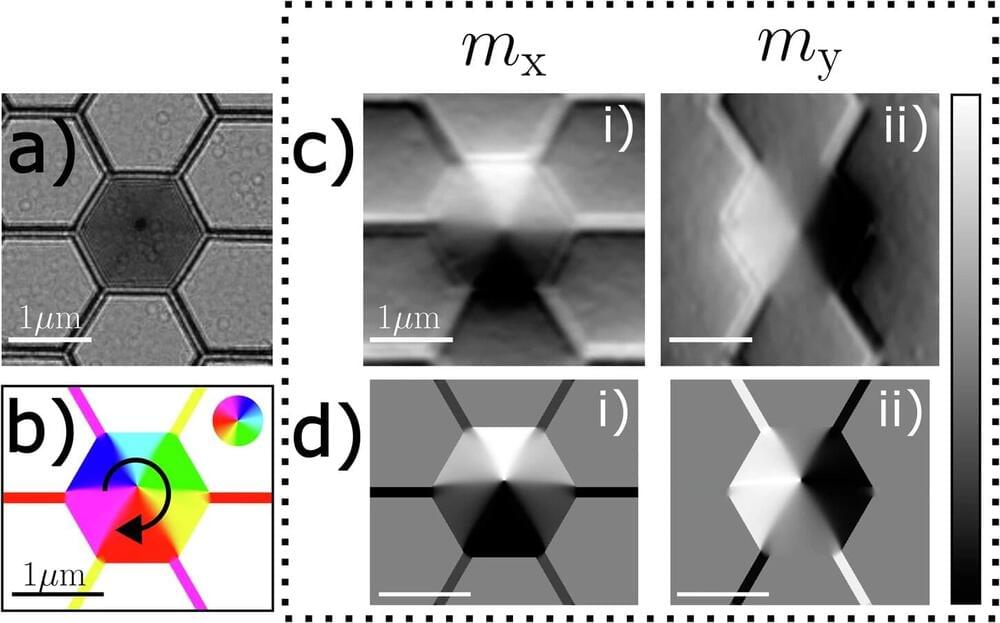
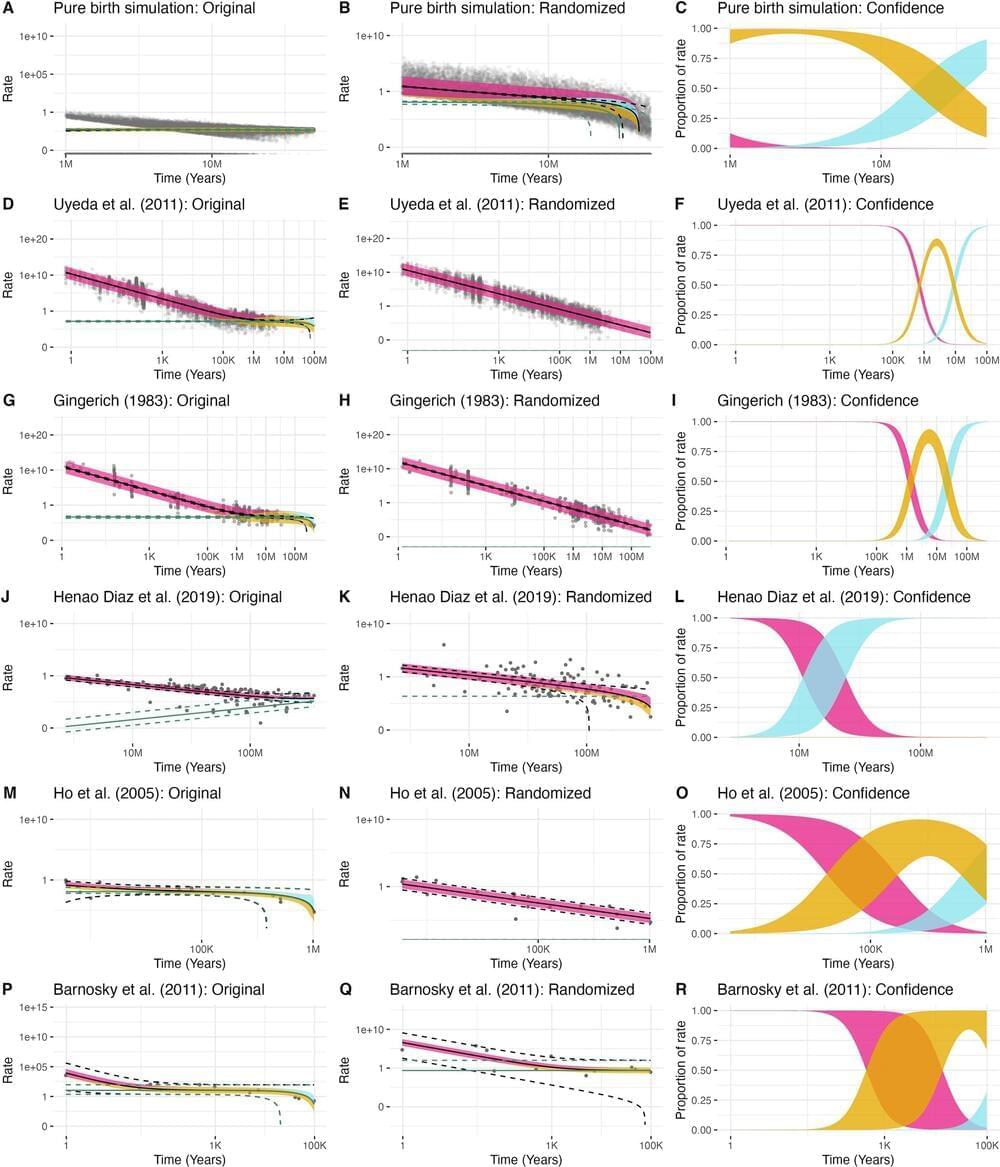
For decades, researchers have observed that rates of evolution seem to accelerate over short time periods—say five million years versus fifty million years. This broad pattern has suggested that “younger” groups of organisms, in evolutionary terms, have higher rates of speciation, extinction and body size evolution, among other differences from older ones.
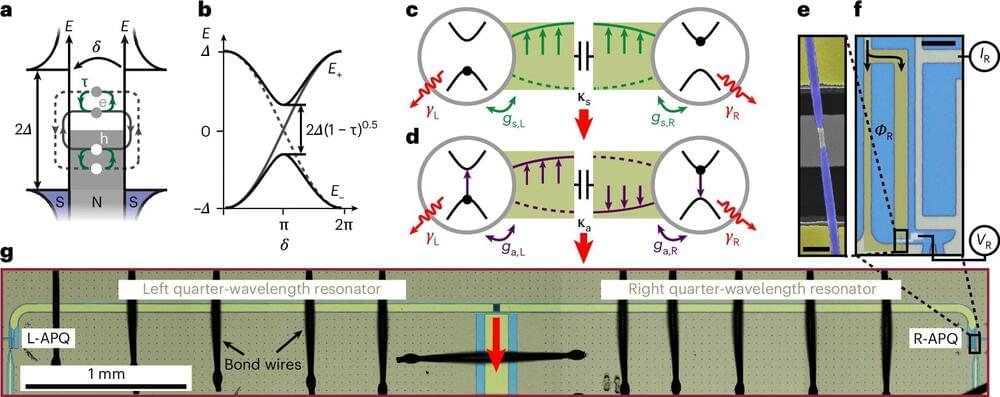
Physicists from the University of Basel have succeeded in coupling two Andreev qubits coherently over a macroscopic distance for the first time. They achieved this with the help of microwave photons generated in a narrow superconducting resonator. The results of the experiments and accompanying calculations were recently published in Nature Physics, laying the foundation for the use of coupled Andreev qubits in quantum communication and quantum computing.
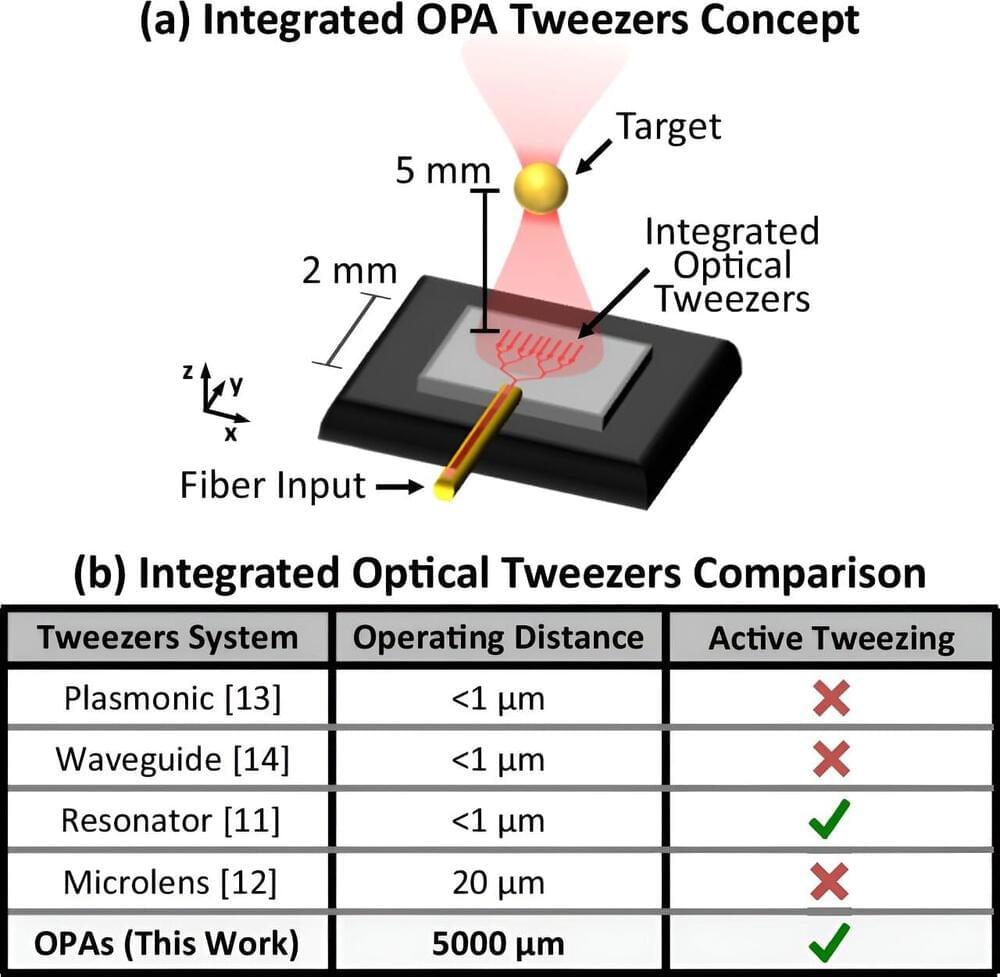
Traditional optical tweezers, which trap and manipulate particles using light, usually require bulky microscope setups, but chip-based optical tweezers could offer a more compact, mass manufacturable, broadly accessible, and high-throughput solution for optical manipulation in biological experiments.
However, other similar integrated optical tweezers can only capture and manipulate cells that are very close to or directly on the chip surface. This contaminates the chip and can stress the cells, limiting compatibility with standard biological experiments.
Using a system called an integrated optical phased array, the MIT researchers have developed a new modality for integrated optical tweezers that enables trapping and tweezing of cells more than a hundred times further away from the chip surface.
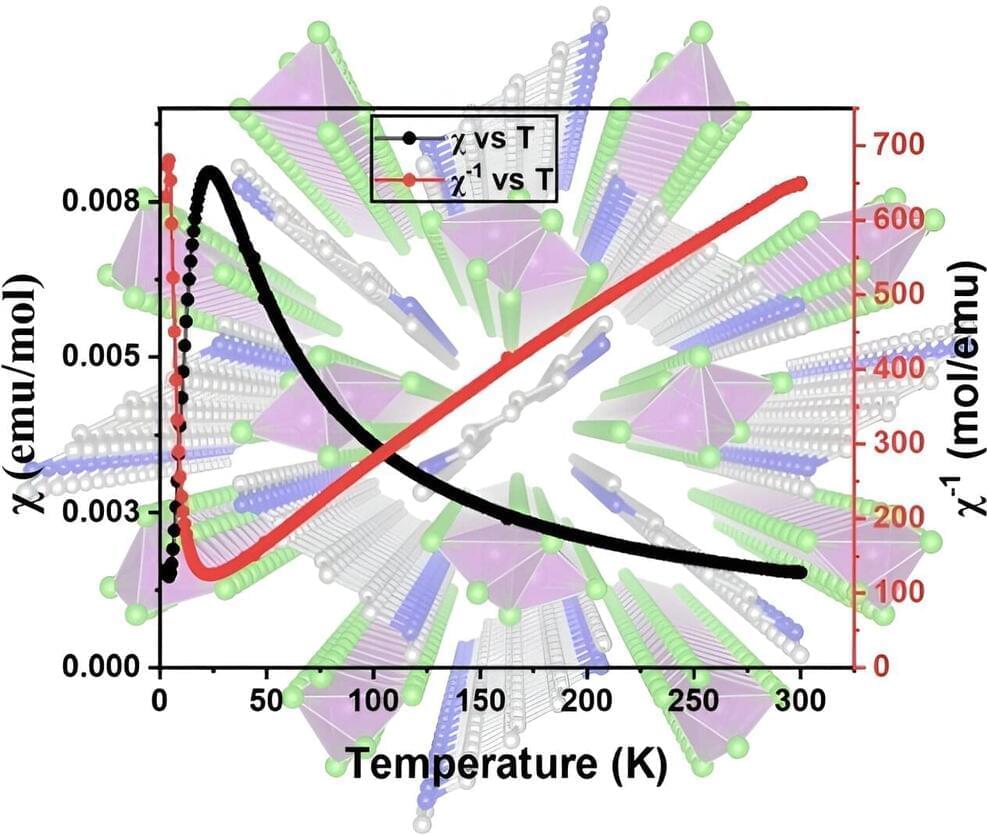
The next generation of handheld devices requires a novel solution. Spintronics, or spin electronics, is a revolutionary new field in condensed-matter physics that can increase the memory and logic processing capability of nano-electronic devices while reducing power consumption and production costs. This is accomplished by using inexpensive materials and the magnetic properties of an electron’s spin to perform memory and logic functions instead of using the flow of electron charge used in typical electronics.
New work by Florida State University scientists is propelling spintronics research forward.
Professors Biwu Ma in the Department of Chemistry and Biochemistry and Peng Xiong in the Department of Physics work with low-dimensional organic metal halide hybrids, a new class of hybrid materials that can power optoelectronic devices like solar cells, light-emitting diodes, or LEDs and photodetectors.
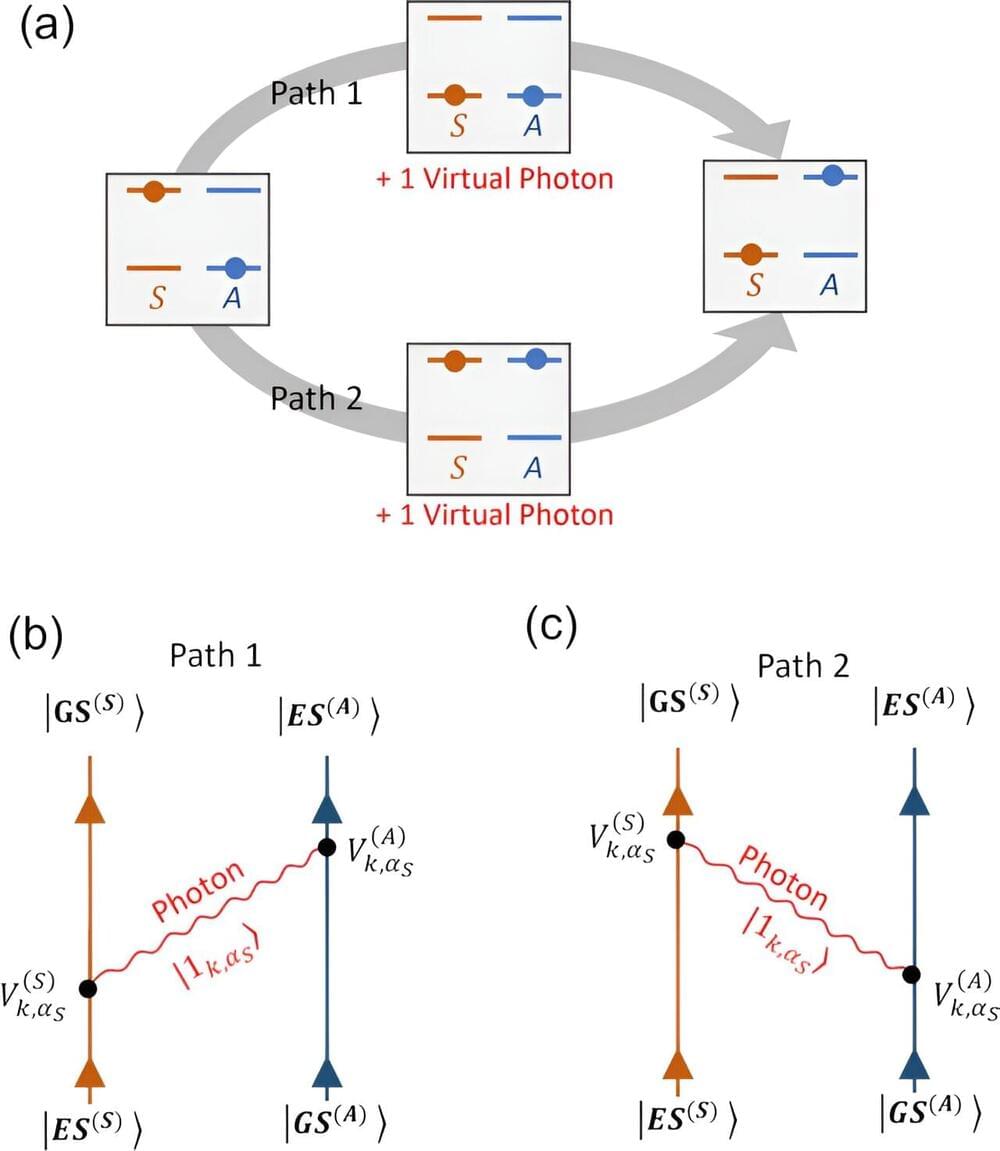
Now, researchers at the U.S. Department of Energy’s (DOE) Argonne National Laboratory and the University of Chicago Pritzker School of Molecular Engineering (PME) have proposed a new type of memory, in which optical data is transferred from a rare earth element embedded within a solid material to a nearby quantum defect. Their analysis of how such a technology could work is published in Physical Review Research.
“We worked out the basic physics behind how the transfer of energy between defects could underlie an incredibly efficient optical storage method,” said Giulia Galli, an Argonne senior scientist and Liew Family Professor at PME. “This research illustrates the importance of exploring first-principles and quantum mechanical theories to illuminate new, emerging technologies.”
Most optical memory storage methods developed in the past, including CDs and DVDs, are limited by the diffraction limit of light. A single data point cannot be smaller than the wavelength of the laser writing and reading the data. In the new work, the researchers proposed boosting the bit density of optical storage by embedding many rare-earth emitters within the material. By using slightly different wavelengths of light—an approach known as wavelength multiplexing—they hypothesized that these emitters could hold more data within the same area.
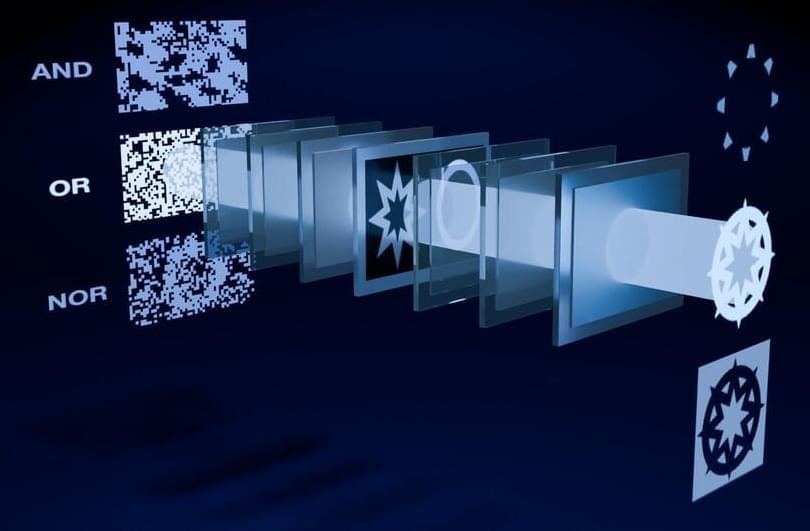
Whether it’s the smartphone in your pocket or the laptop on your desk, all current computer devices are based on electronic technology. But this has some inherent drawbacks; in particular, they necessarily generate a lot of heat, especially as they increase in performance, not to mention that fabrication technologies are approaching the fundamental limits of what is theoretically possible.
As a result, researchers explore alternative ways to perform computation that can tackle these problems and ideally offer some new functionality or features too.
One possibility lies in an idea that has existed for several decades but has yet to break through and become commercially viable, and that’s in optical computing.

🧠 Neuromodulation through the eyes 👀
Neuroplasticity, also known as neural plasticity or brain plasticity, is a process that involves adaptive structural and functional changes to the brain.
Founded and directed by Deborah Zelinsky, O.D., F.N.O.R.A., F.C.O.V.D.
Just as with eye-hand coordination, integration of vision and sound – eye-ear connection – must be developed. If the two senses are out of sync, a person can experience difficulties in academics, social situations and activities such as sports.
Balance between vision and hearing is necessary for a person to learn letter sounds, for example, while applying those sounds to the words they see on a page. In social situations, a person can better understand what another is saying – and meaning — by watching body language and facial expression. Autistic patients cannot discern the nuances of a joke because they simply listen. They do not connect sound and vision, because the environment around them is too confusing.
A student whose eyesight is more sensitive than his or her hearing may be easily distracted by activities and moving objects in the environment and unable to concentrate on what the teacher is saying. People whose peripheral vision is not sufficiently “tuned in” may have to turn their head before finding what is causing a certain sound.

Physicists showed that photons can seem to exit a material before entering it, revealing observational evidence of negative time.
By Manon Bischoff & Jeanna Bryner
Quantum physicists are familiar with wonky, seemingly nonsensical phenomena: atoms and molecules sometimes act as particles, sometimes as waves; particles can be connected to one another by a “spooky action at a distance,” even over great distances; and quantum objects can detach themselves from their properties like the Cheshire Cat from Alice’s Adventures in Wonderland detaches itself from its grin. Now researchers led by Daniela Angulo of the University of Toronto have revealed another oddball quantum outcome: photons, wave-particles of light, can spend a negative amount of time zipping through a cloud of chilled atoms. In other words, photons can seem to exit a material before entering it.